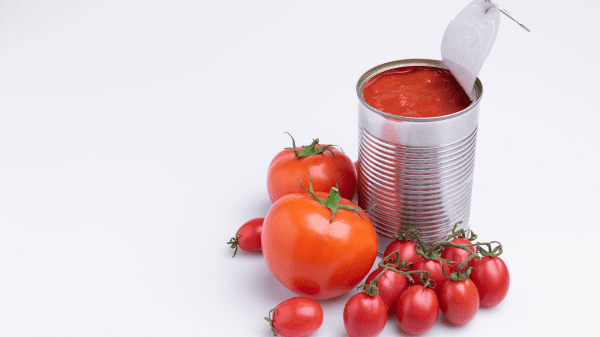Here’s a guessing game: what percentage of calories consumed by Americans comes from ultraprocessed foods?
It’s 57 percent, as of 2018, according to a study by the NYU School of Global Public Health, using data collected by the Centers for Disease Control (CDC).
Do you dare doubt me? If so, I suggest you cast an intrusive glance into the cart of the person ahead of you in the supermarket line. If you see what I see, you’re going to find a stack of frozen dinners.

Indeed “consumption increased the most with ready-to-eat or ready-to-heat meals (e.g., frozen dinners),” says the study, as reported in Healthline.
Actually, the percentage of calories devoted to processed foods hasn’t shifted that much since the turn of the century, when the figure was 53 percent. And “intake of some sugary foods and drinks declined.”
Hispanics and college-educated people ate significantly less ultraprocessed food.
“Whole foods consumption, such as dairy, meat, fruits, and vegetables, was down across groups,” we also learn.
The fruit and vegetable industry faces a dilemma here. On the one hand, there are very few items in the consumer market that have a more positive press. On the other hand, the populace is consuming fewer of them.
Why? Americans have less and less free time. They are feeling increasingly rushed year by year, pandemic slowdowns notwithstanding. How are they going to follow Healthline recommendations to go about “cooking meals from scratch, reading ingredient labels, and stocking up on staple foods”?
Furthermore, I find, “in the second quarter of 2021, the median weekly earnings of full-time workers were $990, or $47,520 per year.”
This is not great for a family of four. It looks a lot better if both spouses are working, but this cuts way back on the time someone has available to spend at home cooking from scratch. And let’s not even think about proliferating single-parent homes.
There’s also a cyclical element. Processed foods have more salt and sugar. Eating more salt and sugar accustoms you to lots of salt and sugar. Foods without them aren’t as appealing.
And these items aren’t easy to avoid. Say you decide to make spaghetti sauce from scratch. If you buy canned tomatoes to do this, you’re getting something that has 100 and 300 milligrams of sodium per serving.
Certainly, you can buy a few pounds of Roma tomatoes, take home, chop them up, and cook them into a sauce. I have done this myself, and it is delicious. But (to make a spot check online), Roma tomatoes average around $1 per pound at retail, and if you use three or four pounds to make sauce, you’re spending a lot more than on the much more convenient canned product, not to mention the added labor and the time it takes to reduce these tomatoes into a sauce.
In a column a few days ago, I mentioned the “challenge of something tasty.”
The issue goes far beyond junk foods and snacks. The produce industry is dealing with an American palate whose tastes are drifting further and further away from fruits and vegetables (despite all those cooking websites and TV shows) and increasingly toward artificial (and artificial-tasting) products.
I don’t find it easy to come up with a clever solution. But I would say that the industry needs to keep its eye on the real competition, which isn’t so much other fruits and vegetables (even those imported from abroad), but frozen things and things in cans.



